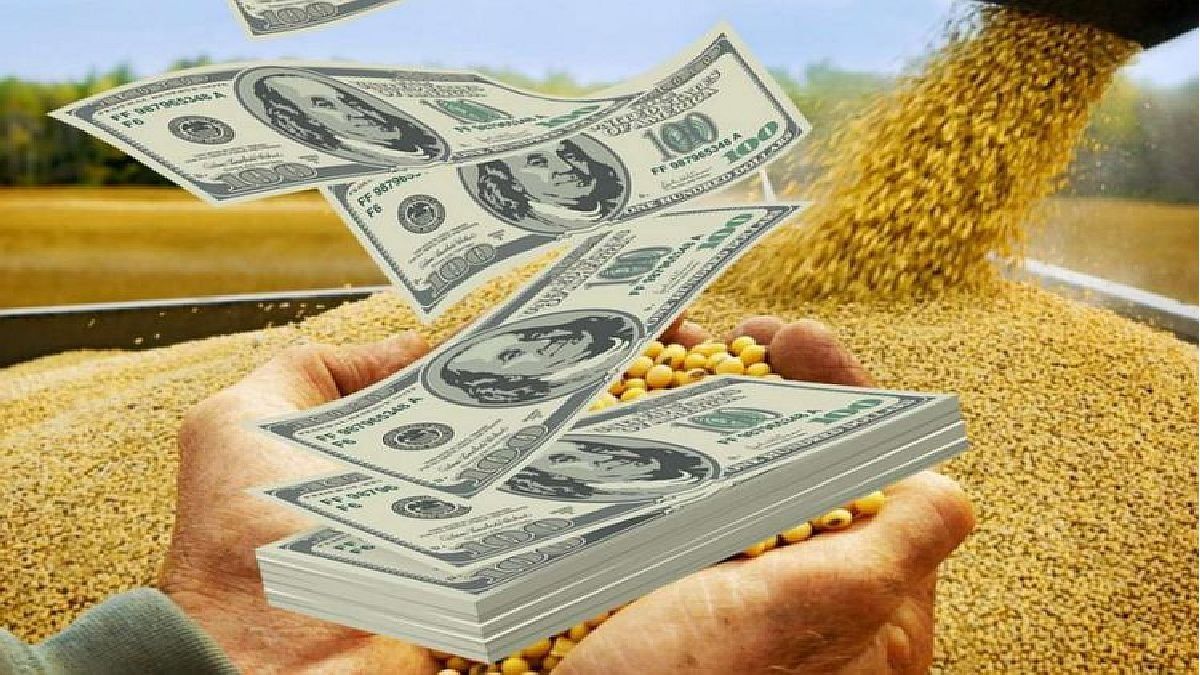The egg is a symbol of new life, and the painting of eggs is an ancient custom of pagan origin. Before Easter this year, eggs are more expensive, but there is no shortage.
For Easter this year, consumers will have to dig a little deeper into their pockets for eggs. But you don’t have to reckon with empty egg shelves in German supermarkets.
There shouldn’t be any bottlenecks on the European market either, since the EU is a net exporter of eggs. That’s what Margit Beck from the Marktinfo Eggs & Poultry in Bonn expects, one of the leading experts in Germany for all egg-related questions. There is also no shortage of Easter chocolate on the supermarket shelves.
Eggs have long been exempt from inflation
For decades, eggs were characterized by the fact that they were virtually exempt from inflation and never became more expensive. But that is no longer the case. On average in 2021, ten barn eggs at shop level cost 1.55 euros, as egg market analyst Beck says. In 2020 it was 1.36 euros, almost 20 cents less.
This is due to rising energy and feed prices as well as the Animal Welfare Act: the ban on killing male chicks in Germany since January 1 makes keeping chickens more expensive.
Male laying hen chicks have been killed after hatching for decades. Farms are now faced with the choice of either sorting out the eggs of male embryos by sex determination or rearing the roosters.
“The many smaller hatcheries in Germany are massively affected by the purely national ban,” says a spokesman for the German poultry industry in Berlin. “Due to the significantly higher production costs for chicks and young hens, they can no longer carry out an economically viable business activity.” For large internationally active hatcheries, on the other hand, an incentive has been created to “relocate their breeding business abroad.”
Egg consumption is steadily increasing
How many eggs the inhabitants of the Federal Republic eat at Easter is not counted exactly. However, there is no doubt that both egg production and egg consumption in Germany have increased over the long term, albeit not continuously. According to the Market Info Eggs & Poultry, almost 14.6 billion eggs were laid in Germany last year; in 2015 it was 12.9 billion.
Egg production and egg consumption are not congruent, since the EU as a whole produces more eggs than it consumes, but Germany is an importing country. In 2021, the calculated per capita consumption was 238 pieces. “Although that was 4 eggs fewer than in 2020, it was still 3 eggs more than were consumed per inhabitant in Germany in 2019,” says the spokesman for the poultry industry.
Easter is high season for chocolate
For chocolate makers, Easter is even more important than Christmas. “This is mainly due to the fact that the chocolate bunny has “less competition”, says a spokeswoman for the Federal Association of the Confectionery Industry. “In the run-up to Christmas, traditional fine baked goods such as speculoos, gingerbread, dominoes and cinnamon stars are very popular, in addition to chocolate Santa Claus.” Since there is no comparable abundance of Easter biscuits, there is more room for chocolate in the bellies.
Unlike egg consumption, chocolate consumption in Germany has not increased much in the long term, according to the confectionery association – “largely stable” in a ten-year comparison, as the spokeswoman says. Similar to egg consumption, German chocolate consumption fluctuates from year to year. In 2021 it was 9.56 kilograms per capita, two percent more than in the previous year.
The weather is to blame: “If the summer is very hot, people tend to eat more ice cream than chocolate – and vice versa,” says the spokeswoman.
Source: Stern
Jane Stock is a technology author, who has written for 24 Hours World. She writes about the latest in technology news and trends, and is always on the lookout for new and innovative ways to improve his audience’s experience.




